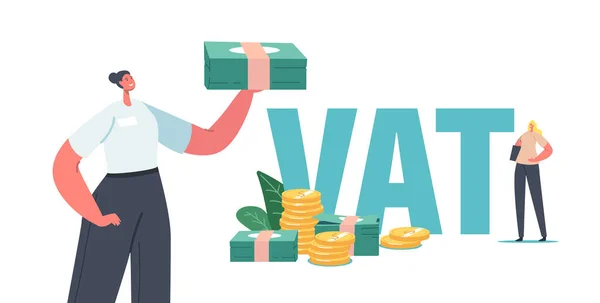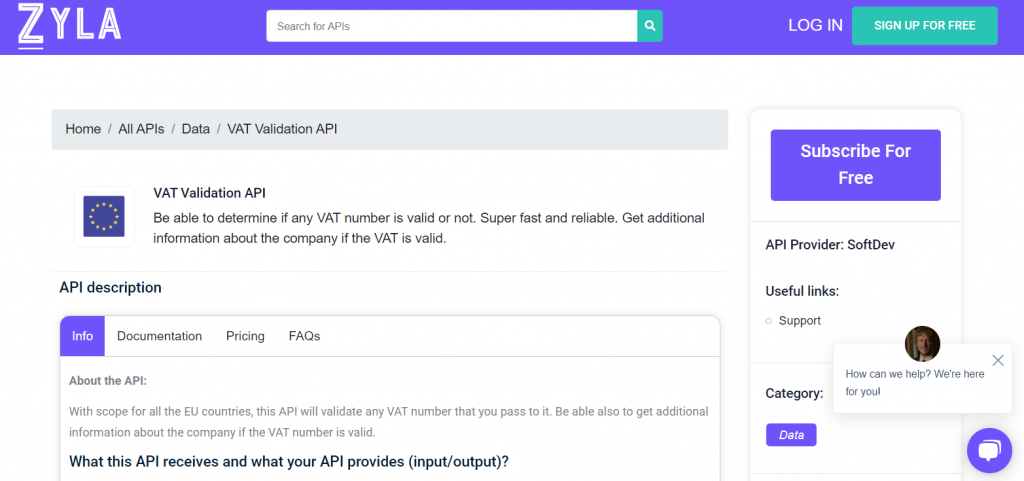In this article, we want to discover a VAT Validation API to check if your consumer is active. It’s very easy with this technology and we are going to see why.
Value Added Tax, sometimes referred to as VAT, is a general consumption tax levied in the European Union on the added value of goods and services. It effectively includes all transactions involving the acquisition and sale of goods and services for use or consumption inside the European Union.

Therefore, goods sold for export or services rendered to clients abroad are often exempt from VAT. To guarantee that EU firms are treated fairly and given an equal chance to compete on the European market with suppliers from outside the Union, imports, on the other hand, are subject to levies.
The production, distribution, and delivery of goods and services are all included in the scope of value-added tax, which is a form of general tax that is, in principle, imposed on all economic operations. The person is excused from having to charge VAT on his sales, nevertheless, if his annual turnover falls below a specified amount (the threshold), which varies by Member Country.
How Does It Work?
It is a tax since the one who must pay it, in the end, is the consumer. It does not burden companies. Because the tax is calculated as a percentage of the cost, every stage of the distribution and production process reveals the true tax burden.
It is acquired piecemeal through a method of partial transactions, where taxable people (i.e., businesses that have filed for VAT) deduct from the VAT they have received the amount of tax they have paid to other taxable people for purchases they make for their commercial activities. This strategy guarantees the neutrality of the tax regardless of the volume of activities.
The VAT must be paid to the Treasury by the “taxable person,” or individual who sells the goods; nevertheless, the purchaser reimburses the seller as a component of the purchase price. Several indirect taxation strategies were used by the six founding members of the European Community, the bulk of which were cascading taxes.
It was challenging to ascertain the specific taxes owing that were included in the price of a particular product since they were multi-stage taxes levied on the real production cost at each stage of the production process. Consequently, there was constantly the possibility that EU countries might purposefully or accidentally assist their exports by undervaluing the taxes that were refundable on exports.
Apply An API
To maintain a smooth tax collection process and to verify that businesses are paying taxes appropriately, it’s critical to be able to take all of this into consideration. But frequently, the confirmation might be attributed to human mistakes, possibly as a result of having to do the tiresome and repeated chore of checking at each number one by one. Therefore, employing a programmatic interface to verify the vat and rates for each tax is what we advise. You may simplify and simplify this procedure using the VAT Validation API.

About the VAT Validation API
Different programming languages successfully use the VAT Validation API. There are several different options available, based on how many API calls you can make each month. It gives corporate information to carry out the right verification as well as determine whether a number is true or not.

